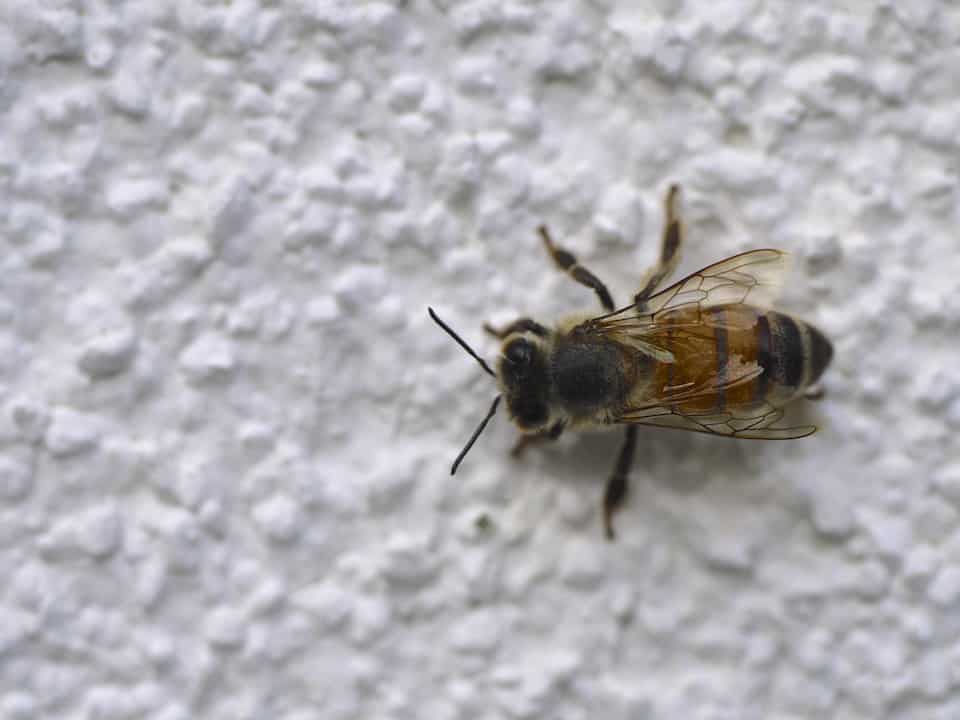Home to over 300 species of bees, Toronto is considered a bee hot spot in southern Ontario. Protecting our native bee populations benefits the resilient pollinator community in and around the city, while simultaneously preserving biodiversity.
Over the years certain honey bee and native bee populations have declined in North America, which has had various economic and ecological consequences. The decline of the honey bee population driven by Colony Collapse Disorder (CCD) has motivated much of our discourse surrounding bee conservation.
James Thomson, a professor in ecology and evolutionary biology at the University of Toronto explains that while the commercial beekeeping industry has always been affected by winter losses, CCD “seemed to have different hallmarks in that it [is] presented as an absconding of the bees from the hives. So you came in and instead of finding dead ones, you found [that] they were gone.”
“Real CCD is probably a subset of winter losses, but the terms have basically been conflated and most winter losses seem to be talked about… as a pathology,” added professor Thomson
For beekeepers, CCD means having to order and build up replacement colonies in the spring, but it is not the kind of ecosystem collapse that it is portrayed to be. What is more worrying is the decline observed among native bee populations.
At this point, their population trends are not well characterized, but certain species of the bumble bee, including Bombus affinus (rusty-patched bumble bee), which used to be very common, are now critically endangered. Other species of bumble bees, however, appear to be doing fine.
“In my view, those declines are much worse than Colony Collapse Disorder because we’ve had an animal that was part of the natural system –— [unlike honey bees] it wasn’t just brought in as an agricultural tool from the Old World — it was doing well until very recently [and] then suddenly it crashed,” he continued.
The fact that several of these declining species are closely related suggests there is a genetic component to susceptibility. One possible cause is pathogen spillover, which occurs when a pathogen such as Nosema bombi (a microsporidian) becomes established in commercial bumble bee populations and is subsequently transmitted to wild bees.
Toronto has played an active role in creating sustainable habitats for its pollinators. Existing initiatives include maintaining pollinator-friendly habitats in the Don Valley Brickworks, the Franklin Children’s garden and High Park’s Black Oak Savannah, and native species plantings on private and public land.
Professor Thomson says it’s “hard to imagine how [native species plantings] could go really wrong. But anything you plant is going to help some species more than others. For example, the Ceratina bees nest inside sumac stems so if you want more Ceratina you plant more sumac. But sumac isn’t particularly good for other species… ” The bottom line is that ecosystems with minimal human disturbance tend to support a higher diversity of flora and fauna, as well as bees.
The ‘Bee City’ certification is viewed as the next logical step, which, according to the Bee City website, “endorses a set of commitments… for creating sustainable habitats for pollinators.” The program was first implemented in 2012. Since then, 15 American cities have been certified. A successful application to Bee City Canada would result in habitat protection and increased awareness regarding pollinator biodiversity and food production.
Dr. Scott MacIvor, a postdoctoral researcher in the department of biological science at U of T Scarborough hopes that the Bee City designation will “build upon the world-renowned research and best practices already ongoing and in development in our region. It would also promote the plight of wild bee declines and encourage all citizens to find ways to support our native bees.”
As for honey bees, MacIvor hopes that “the Bee City Canada endeavour will be focused on the plight of our native species not a non-native that requires no ‘help’ in Toronto. Honey bees are useful in agricultural landscapes but keeping them in the city contributes to competition with our native species and could undermine biodiversity.”
Honey bee colonies comprise between 20,000 and 50,000 individual bees, which can forage over one kilometre from their hives. “As a first approximation, if you have a honeybee feeding on a native flower, that basically means the food that the honeybee fed on is not there for a native bee to feed on,” says Thomson. As a result, honey bee hives can actually contribute to decreased pollinator biodiversity.
When asked about any safety concerns associated with robust native bee populations, he responded that in general, “you really have to rile [a colony] up to get a real defensive reaction. So I would say for native bees, essentially, there are no likely dangers.”
Honey bee colonies also appear fairly innocuous given that the provincial requirement mandates only 30 metres between the hive and property line. It is important to note that many of the nastiest stings come from yellow jacket wasps (genus Vespula), which are similar in appearance to bees, but are biologically and taxonomically distinct.
Regardless of your opinion of bees, they remain an important part of our ecosystem. With the Bee City designation, Toronto may be able to find ways to balance its urban ecosystem.


